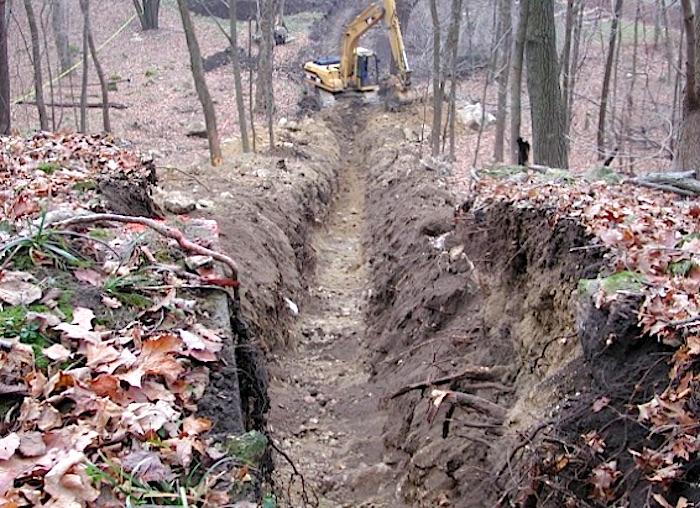
Improper management and protection of cultural resources at Effigy Mounds National Monument points to a larger problem of how the National Park Service manages cultural resources across the entire National Park System/NPS
Towards the bottom of a 50-page report examining how managers of Effigy Mounds National Monument could have cast aside concerns of archaeological resources in a site rich with them and which was established to protect them is a disturbing admission: the National Park Service as a whole is dysfunctional when it comes to cultural resources management.
A decade after the Park Service's 2006 Management Policies handbook, starting on page 59, spelled out the importance of cultural resources programs, and five years after a decade-long series of transgressions by the former Effigy Mounds superintendent and her chief of maintenance came to public light, there still is much "confusion" over the entire agency's cultural resources program.
The report itself shows some confusion over the state of cultural resources management in the park system, as on page 12 the authors stated that, "The stewardship of cultural resources in the National Park Service as a whole is generally healthy. Overall the cultural resources workforce is talented and they take pride in their accomplishments. They are also passionate about the resources they protect. Managers at the park, regional, and national levels are generally committed to the mission of the National Park Service – to preserve unimpaired the cultural resources and values of the National Park System for the enjoyment, education, and inspiration of the public."
But further down the authors point to the many problems that the Park Service as an entity has with managing cultural resources within the park system.
The internal role of the park, regional office, and Washington Support Office in cultural resources management is neither well defined nor consistent. What work we should be doing and where it should take place to be most effective is not clear. We see ourselves as distinct offices and not as a national cultural resources preservation program. There is confusion at every level, uncertainty as to span of responsibility, authority, and accountability. While this confusion has to do with who does what at each level of the agency, there is no understanding as to roles, responsibilities, and authorities regarding risk, mismanagement of or impacts to cultural resources.
Among the recommendations the authors suggested to reverse this course:
- Have the Cultural Resources Advisory Group and regional cultural resources advisory groups focus on defining roles, responsibilities, and authorities for the work that we should be doing and where it should take place to be most effective.
- Recognize that in accordance with the NPS 1995 reorganization the “land manager” is the responsible party under the Section 106 programmatic agreement, Archaeological Resources Protection Act, and other federal preservation laws.
The report also notes that funding and staffing for cultural resources management has been lacking, and implies that that area of responsibility has not received the priority it deserves.
Cultural resources research should not be purely academic and untethered from park priorities.
In Washington, D.C., at the Park Service headquarters, spokesman Tom Crosson said the agency's leadership is working on a strategy to improve cultural resource management across the system.
"NPS leadership is developing courses of action to address the recommendations identified in the report," he said. "It is being actively addressed with the new deputy and other leaders across the Service."
One of the recommendations in the Effigy Mounds report is that the Park Service improve its working relationships with stakeholders and partners, such as Native American tribes and state historic preservation offices. But, the report added, Park Service personnel also need to take responsibility for the resources under their purview.
The team found that the primary weakness in cultural resources stewardship lies in the fact that no formal process exists within the National Park Service to report and manage potential risk to and mismanagement of cultural resources. Perhaps most revealing was a discussion at the Cultural Resources Advisory Group annual meeting in 2015 that focused on the question: Who has the responsibility and authority to report cultural resources at risk outside of the chain of command? Cultural resources leaders from the Washington Support Office, regions, and parks, determined that NPS staff at all levels of the organization believe they do not have the authority to report risk or abuse outside of their chain of command.
To clarify the lines of responsibility, the report recommended that, "NPS leadership charge the Servicewide Cultural Resources Advisory Group to complete by January of 2017 an analysis of the work that cultural resources should be doing and where it should take place at each level of the organization including responsibilities, accountabilities, and authorities."



Add comment